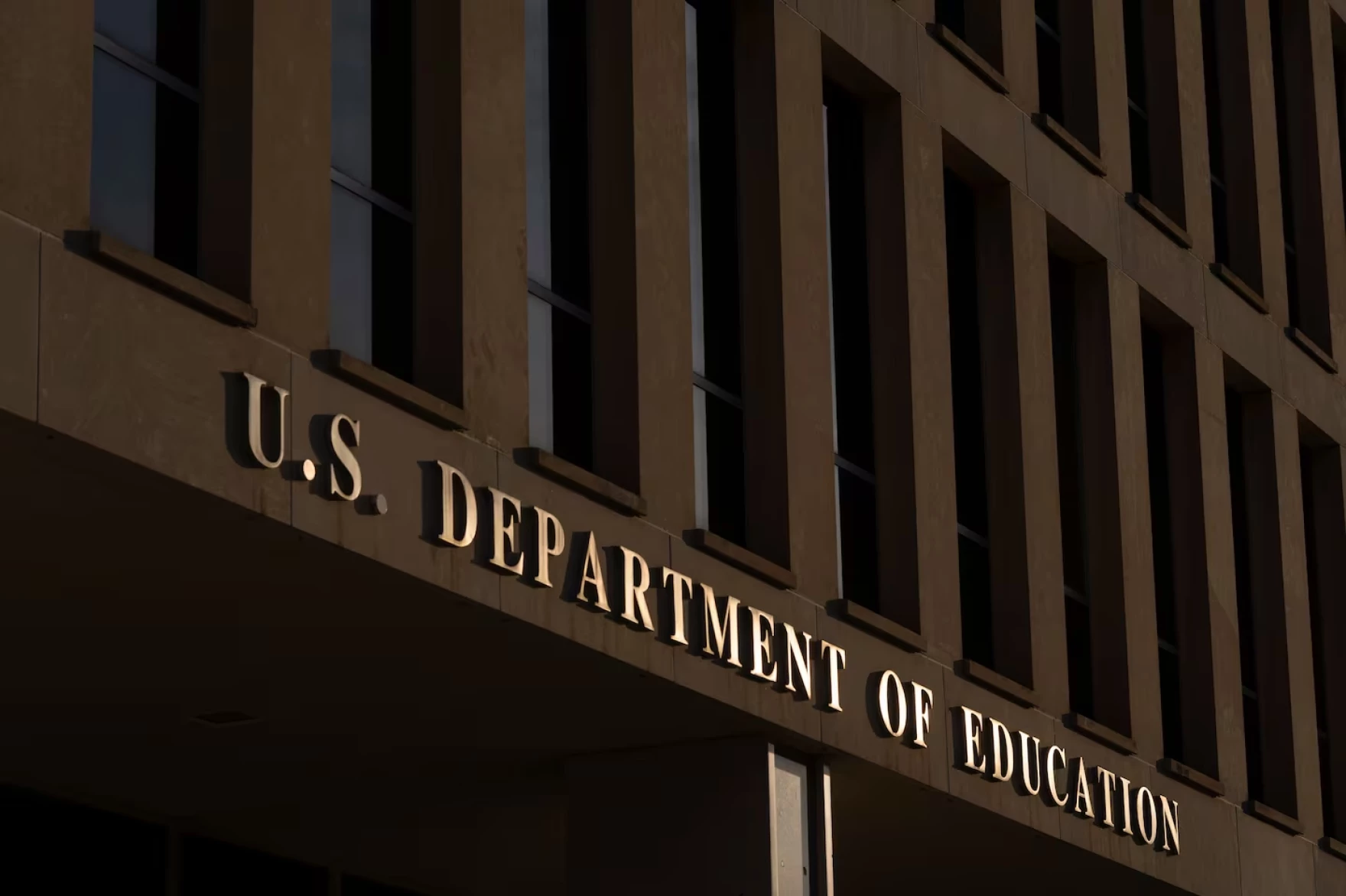
The Battle Over Education Funding in Alaska
Alaska, renowned for its breathtaking landscapes and unique cultural heritage, finds itself embroiled in a significant financial dispute involving federal educational funding. Recent developments have placed $80.8 million at the center of a heated controversy as the state appeals to the U.S. Education Department following the failure of its funding application. This dispute not only underscores the complexities of federal-state financial relationships but also raises broader questions about the future of educational development in this remote and diverse region.
The Context: Why Was Alaska’s Funding Application Rejected?
Alaska’s appeal comes after the U.S. Education Department conducted a rigorous evaluation of the state’s funding proposal. According to reports, Alaska failed the “funding test,” a critical assessment criterion designed to ensure that federal funds are allocated efficiently and equitably based on various metrics such as student needs, regional disparities, and compliance with federal guidelines.
The rejection has prompted the Alaska government to reconsider its strategies, emphasizing that their approach meets the necessary standards and that the denial of funding threatens vital programs across rural and urban districts. The stakes are high, with the loss of over $80 million expected to affect infrastructure, teacher support, extracurricular initiatives, and technological enhancements within Alaska’s educational system.
Detailed Breakdown of the Funding Dispute
Key Factors Leading to Rejection
- Complex Eligibility Criteria: The federal evaluation assesses multiple parameters which Alaska claims were either misinterpreted or unfairly applied.
- Regional Disparities: Alaska’s vast, sparsely populated regions pose logistical challenges that may have been insufficiently addressed in the federal assessment.
- Program Integrity and Compliance: Concerns over whether Alaska’s submitted proposals fully met federal regulations and demonstrated effective use of funds.
The Federal Perspective
The U.S. Education Department maintains that their evaluation process is impartial and designed to maximize the impact of federal spending. They stress that funds are distributed based on established performance metrics aimed at ensuring accountability and fairness across states.
The Alaska Response and Legal Action
In response, Alaska has formally appealed, arguing that the funding test was applied in a manner that does not accurately reflect the state’s circumstances or educational needs. The Alaska Department of Education & Early Development has issued statements asserting that their application aligns with federal guidelines and that the denial jeopardizes critical educational initiatives.
Proponents of Alaska’s appeal highlight the importance of equitable resource distribution, especially considering the state’s unique challenges such as remote communities, limited access to resources, and the high cost of delivering education in such environments.
Potential Impacts of the Funding Loss
The repercussions of this funding loss are far-reaching. Here are some potential consequences that communities and educational institutions in Alaska may face:
- Decreased Infrastructure Investment: Schools, especially in rural areas, may face delays or reductions in infrastructure upgrades.
- Teacher Shortages: Without sufficient funding, attracting and retaining qualified teachers becomes increasingly difficult, particularly in remote regions.
- Limited Student Support Services: Programs aimed at special education, mental health support, and after-school activities could see budget cuts.
- Technological Deficits: The digital divide in Alaska is significant; funding shortfalls threaten to exacerbate disparities in access to modern educational technology and online learning tools.
The Broader Significance of This Dispute
Federal vs. State Dynamics
This case highlights ongoing tensions between federal and state authorities regarding control over educational priorities and resource allocation. It raises questions about how funding assessments are made and whether the current criteria adequately capture Alaska’s unique needs.
Implications for Future Funding Policies
The Alaska dispute could influence future federal policies by prompting a reevaluation of assessment methodologies, especially for states with challenging geographies and diverse populations. The case may lead to increased advocacy for more flexible, equitable funding models that recognize regional disparities.
What Can Be Learned From This Situation?
Several key lessons emerge from Alaska’s challenge against the federal funding decision:
- Importance of Clear Communication: Transparency in evaluation criteria can help states prepare more tailored applications and avoid misunderstandings.
- Recognizing Regional Unique Challenges: Funding models should accommodate the diverse circumstances of different states, especially those with vast, sparsely populated areas like Alaska.
- Need for Collaborative Approaches: Federal and state governments must work together to develop mutually beneficial strategies for education funding that prioritize student needs.
The Next Steps and What’s Ahead
Currently, the outcome hinges on the resolution of Alaska’s appeal and possible negotiations with the U.S. Department of Education. The state’s officials are determined to seek a reconsideration or an alternative funding pathway that ensures essential services are maintained.
In parallel, community advocates and educators continue to stress the importance of federal support, emphasizing that equitable funding is vital for fostering educational excellence across Alaska’s diverse landscape.
Conclusion
The Alaska funding controversy exemplifies the broader challenges faced by states in securing adequate federal support, especially in regions with unique logistical and demographic hurdles. As the dispute unfolds, it will serve as a critical case study in balancing fairness, accountability, and regional needs in education policy.
Ensuring that every child, regardless of their location, has access to quality education remains a fundamental goal. The resolution of this conflict will undoubtedly influence future federal funding strategies and foster dialogues about equitable resource distribution across all states.
For more updated news please keep visiting Prime News World.








